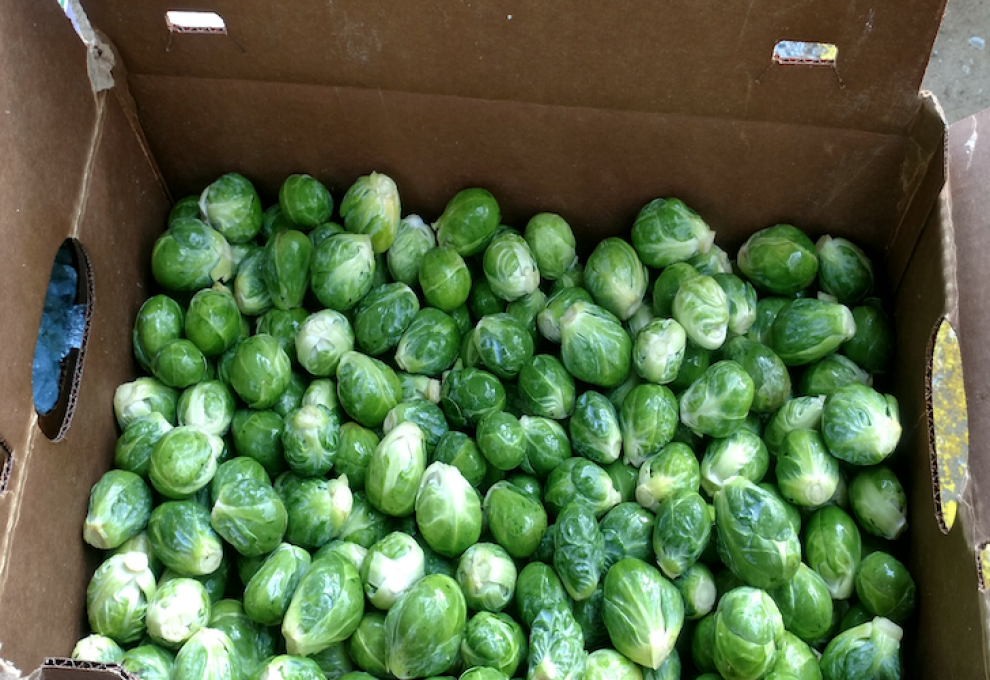
The fourth quarter is a key selling period for many items in the food industry. Consumers spend money differently; they buy items they do not buy at other times during the year and they are entertaining more. Similar to many other things in 2020 this holiday season will be unique.
In many parts of the country we are facing a second wave of COVID-19 and consumers will shop very differently. We would expect that the shift from food service to retail will continue, resulting in 10-15 per cent more food being sold through retail. Consumers are going to stores where they believe they will get what they need and feel safe. So far this has translated into more sales for conventional stores, smaller neighbourhood stores and rural stores. Online shopping will continue to be strong and even increase if public health officials recommend less time in stores and the risk of community spread is high.
Complete your own sales projection
The first thing suppliers need to do is work through your own sales projections. This will be a very difficult year to forecast sales, given the many changes to the marketplace. Nobody knows exactly what will happen, but your customer will appreciate you thinking through what will happen and they might even get some ideas. Show your customer you have done the work.
Start with your 2019 sales and then begin to factor in the changes. You should consider the following impacts (positive or negative) on your sales:
- Year over year change in last three months
- Ad activity this year and last year
- Merchandising activity this year and last year
- Impact of online shopping
- Impact of people staying at home more.
- Other. This is a big one in 2020. There could be different factors in different categories. Examples could be smaller family gatherings (learn from Thanksgiving), very few if any holiday parties, etc.
You should have a sales projection for each customer and even each format because it is different by banner as we outlined earlier.
Talk to your customers
Once you have your sales projection talk to your customers. Share your process and your results to understand if it is in line with their forecasts. Ultimately, they will judge if you did a great job servicing them this holiday season. You both need to agree on the sales forecast so you can do your best to supply the product and they have the best chance of maximizing sales.
Given the changes to the retail environment ask about lead times. They might require more time as things take longer in stores right now. You might also need more time if your production has been slowed by physical distancing or other public health directives. You should also ask about merchandising plans. Do not assume they will repeat what they did last year. They are challenged for labour like every other industry so they might not be able to move as much product in a short period of time.
Once you agree on the sales forecast build a plan within your business to deliver what they are looking for. There are no guarantees, but this is the best chance you have for success.
The right amount of the right product at the right time will be the best opportunity to maximize your sales.
Get in the market during the holiday selling season
Every product has a different key period for sales. Although it is a challenge, you need to see what is happening in the market during these key weeks. In 2020 this means you need to visit stores and websites. With 10-15 per cent of food being sold online and the potential for even more during the second wave you cannot afford to miss these consumers.
When you are in the stores make sure your product is performing the way it should and that there are no issues with flow through the supply chain. You also want to make sure your customers are implementing the programs you had discussed.
Visit your customers’ websites and check to ensure your items are there and any links from ads or themes work properly. Consumers take the path of least resistance so if you are hard to find or links do not work you will probably lose the sale.
If there are issues with online shopping or what you see in the store, take a deep breath. Then take action. Although we focus on our items you have to remember your customers are managing thousands of SKUs and the issue is not likely created on purpose. Inform them of what you see or experienced, ask if they can rectify the situation or if there is someone else you need to talk to and get confirmation the issue will be resolved. This illustrates to your customer that you are interested in maximizing sales. You have a much better chance of getting a response when you are perceived to be fighting for sales.
Follow up
When the dust settles do a brief post-mortem on the season. Start with the forecasts and any other considerations you discussed before the season. Compare the actual results to the forecast and share any good or bad conclusions. We cannot change what happened, but we can learn from it.
Maximize your sales
In-stock position will be a very important metric this holiday season. You can only deliver what is required when you have the best possible forecast and the ability to produce the product. It will be a challenge but the suppliers and retailers who work together will maximize the opportunity and have a successful conclusion to a difficult year.
If you would like some help with these conversations please give me a call at (902) 489-2900 or send me an email at peter@skufood.com.
WHAT’S IN STORE?
More changes coming to plastic packaging
Recently the Canadian government announced plans to eliminate a number of plastic items from the market. This will impact some in the food industry and everyone in the industry should be prepared for more change. The government has stated their goal to be zero plastic waste by 2030. They are focused on plastic that is harmful to the environment, difficult to recycle and where there are alternatives.
Producers and processors need to continue to work on initiatives and be prepared for change. Sustainable packaging, assuming it does not increase the price, is still on the mind of consumers and regulators.
Peter Chapman is a retail consultant, professional speaker and the author of A la Cart-a suppliers’ guide to retailer’s priorities. Peter is based in Halifax, Nova Scotia where he is the principal at SKUFood. Peter works with producers and processors to help them get their products on the shelf and into the shopping cart.

Add new comment